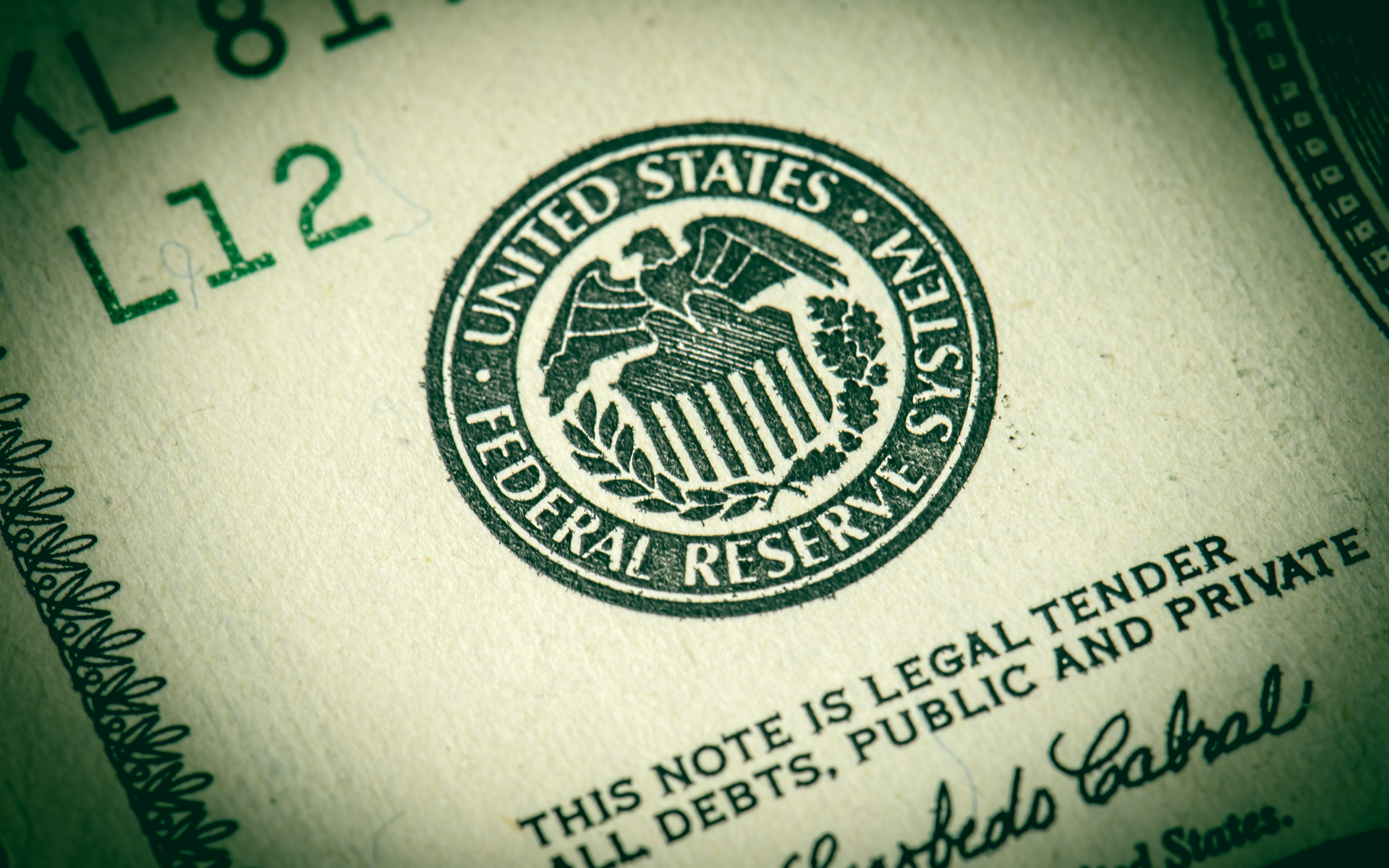PALO ALTO, Calif. (Reuters) - The Federal Reserve is looking at a broad series of problems around digital payments and currencies, consisting of policy, style and legal considerations around possibly issuing its own digital currency, Governor Lael Brainard said on Wednesday. Brainard's remarks suggest more openness to the possibility of a jeff-brown-5g-pitch.weherba.com/page/legacy-research-group-llc-better-business-bureau-r-profile-legacy-research-com-f1wAGc0IlZVk Fed-issued digital coin than in the past." By changing payments, digitalization has the prospective to provide greater value and convenience at lower expense," Brainard stated at a conference on payments at the Stanford Graduate School of Service.
Central banks worldwide are debating how to handle digital financing technology and the distributed ledger systems used by bitcoin, which guarantees near-instantaneous payment at possibly low cost. The Fed is establishing its own round-the-clock real-time payments and settlement service and is presently reviewing 200 remark letters submitted late last year about the suggested service's style and scope, Brainard said.
Less than two years ago Brainard informed a conference in San Francisco that there is "no compelling showed requirement" for such a coin. But that was before the scope of Facebook's digital currency ambitions were extensively known. Fed officials, including Brainard, have actually raised concerns about consumer protections and information and privacy risks that could be presented by a currency that might enter usage by the 3rd of the world's population that have Facebook accounts.
" We are working together with other central banks as we advance our understanding of main bank digital currencies," she said. With more nations checking out issuing their own digital currencies, Brainard said, that adds to "a set of reasons to likewise be making certain that we are Discover more here that frontier of both research study and policy development." In the United States, Brainard stated, problems that require research study consist of whether a digital currency would make the payments system much safer or easier, and whether it might position financial stability risks, consisting of the possibility of bank runs if cash can be turned "with a single swipe" into The original source the central bank's digital currency.
To counter the monetary damage from America's extraordinary national lockdown, the Federal Reserve has actually taken unmatched actions, including flooding the economy with dollars and investing straight in the economy. Most of these relocations got grudging approval even from lots of Fed doubters, as they saw this stimulus as needed and something just the Fed could do.

My brand-new CEI report, "Government-Run Payment Systems Are Unsafe at Any Speed: The Case Against Fedcoin and FedNow," information the dangers of the Fed's existing plans for its FedNow real-time payment system, and propositions for main bank-issued cryptocurrency that have been called Fedcoin or the "digital dollar." https://s3.us-east-2.amazonaws.com/brownstoneresearch1/index.html In my report, I discuss concerns about privacy, data security, currency control, and crowding out private-sector competition and development.
Supporters of FedNow and Fedcoin say the government should develop a system for payments to deposit immediately, rather than encourage such systems in the personal sector by raising regulative barriers. However as kept in mind in the paper, the economic sector is providing an apparently endless supply of payment innovations and digital currencies to solve the problemto the level it is a problemof the time gap in between when a payment is sent and when it is received in a savings account.
And the examples of private-sector innovation in this area are numerous. The Cleaning House, a bank-held cooperative that has been routing interbank payments in numerous types for more than 150 years, has actually been clearing real-time payments since 2017. By the end of 2018 it was covering half of the deposit base in the U.S.